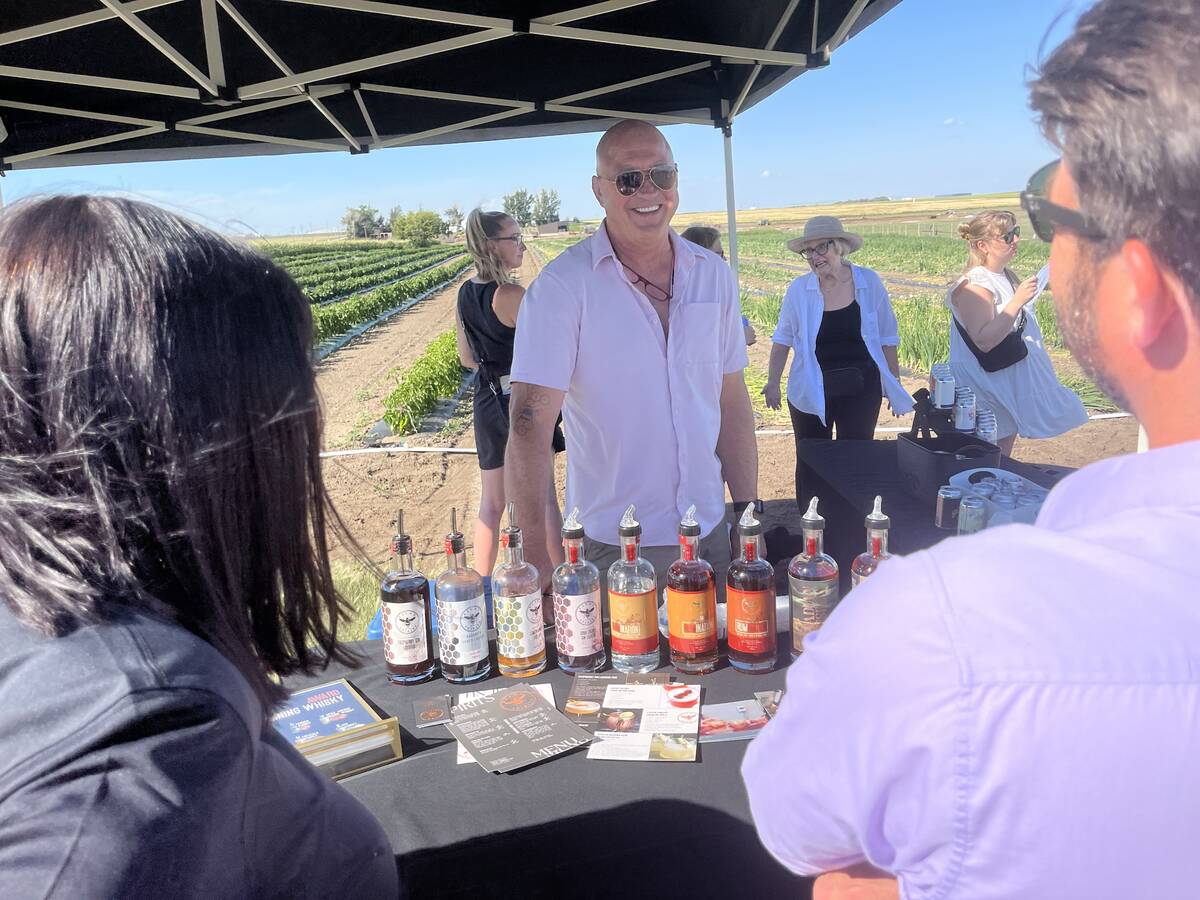Every five years Canadian farmers worry about what the federal government wants to know about them.
This May 16 will mark that occasion as the census of agriculture is held the same time as the general population census.
While there are always some people who decline to fill in their questionnaires, traditionally most farmers “react positively” to it, says Wilson Freeman of Statistics Canada.
With many farmers under financial stress, the federal agency doesn’t know how that will affect their co-operation this time, but Freeman said farmers should answer the questions.
Read Also

From farmer to award-winning distiller
Pivot Spirits showcases transition from farmer to distiller with provincial award-winning results in Alberta for Lars Hirch
“The census can be their friend. It validates with hard numbers their plight.”
Statistics Canada sells data to farm organizations, university researchers and provincial and federal departments. That “user community” wants to know a lot more than what the census form has room to request, so the agency tests questions, removes others and tries to keep the form from becoming burdensome to those filling it in.
The biggest demand from data users has been for more information about the environment, so this year the farm census wants to know about manure production and disposal.
There will also be more questions about organic production to help Statistics Canada distinguish between certified organic farms and those in transition.
By law, Statistics Canada is supposed to obtain data from every farm in Canada. The last time the agricultural census was held, in 2001, responses came from 246,923 Canadian farms.
In the West, the totals were: British Columbia 20,290; Alberta 53,652; Saskatchewan 50,598; and Manitoba 21,071. Freeman expects those numbers to drop for 2006.
“In any business, as the cost-price squeeze works through the system, it affects those at the bottom. Unfortunately someone has to leave.”
Most farmers will receive their census form at their farmhouse door. However, unlike in other years, census staff will not pick it up. The form can be mailed back or completed on the internet.
Freeman said ideally everyone will fill in the form on May 16 and return it by the end of that month. Arrangements can be made to send it in later because of personal hardship, said Freeman, but by law the penalty for not filling in the form can be a $500 fine, a jail term of three months, or both.
Call 877-594-2006 toll-free in May to obtain assistance in completing the questionnaire, which may take 40 minutes to fill in.
The agency said farmers might want to have the following records handy to save time:
- Property tax statements.
- 2005 income tax forms.
- Crop and herd management records.
- Farm account books or computerized form.
- Canadian Wheat Board permit book.
- Crop insurance statements.
The census of agriculture costs
$41 million over its seven-year lifespan from when the last one is evaluated to when the final data is crunched.
Information available
The first information from the 2006 census will be released a year later, which Freeman said “is not long enough from our point of view.”
Freeman said Canada is the only country in the world that holds the census of agriculture and census of the general population at the same time.
Doing it this way saves taxpayers at least $20 million, Freeman added.
While farmers may wonder why they are filling in a form during the busy planting period, Freeman said that is again because of the need to save money by co-ordinating it with the general population census, whose timing is based on when the most people will be staying put.














